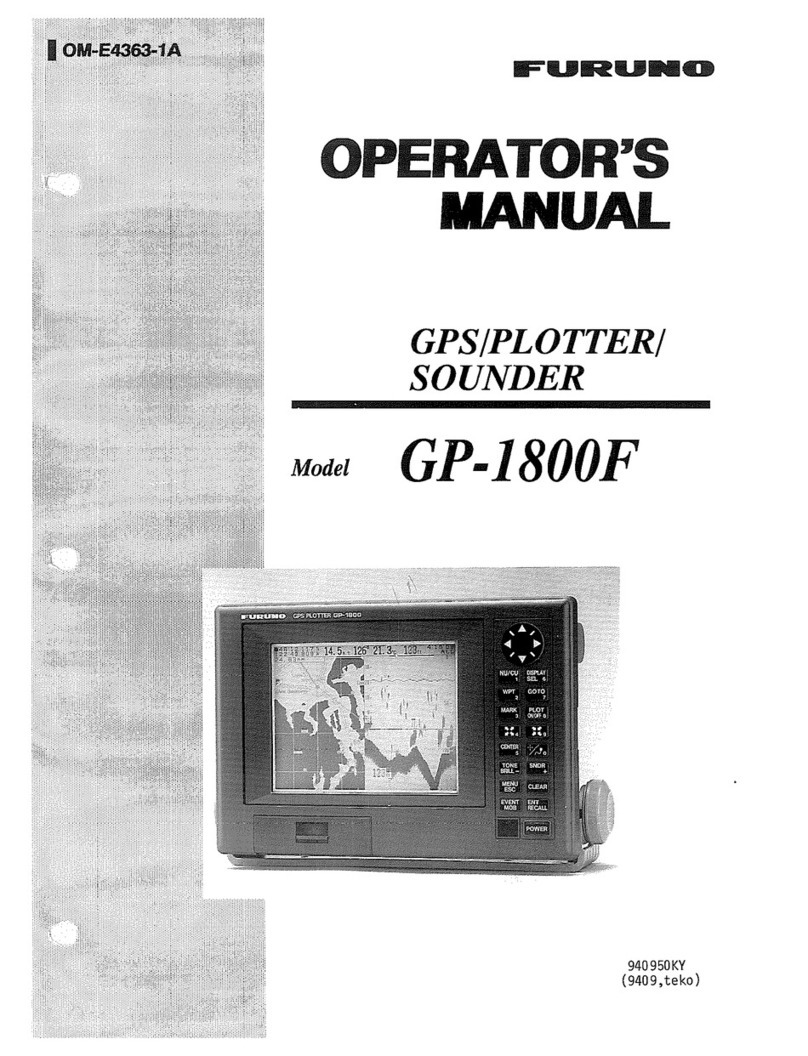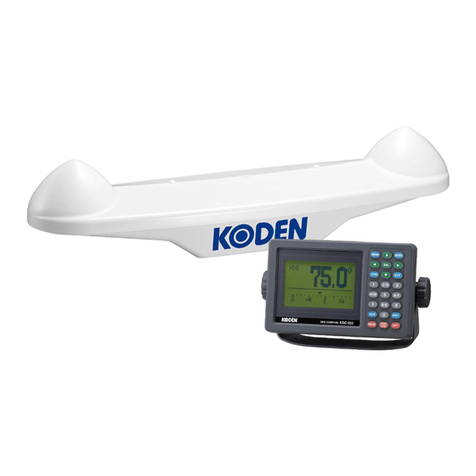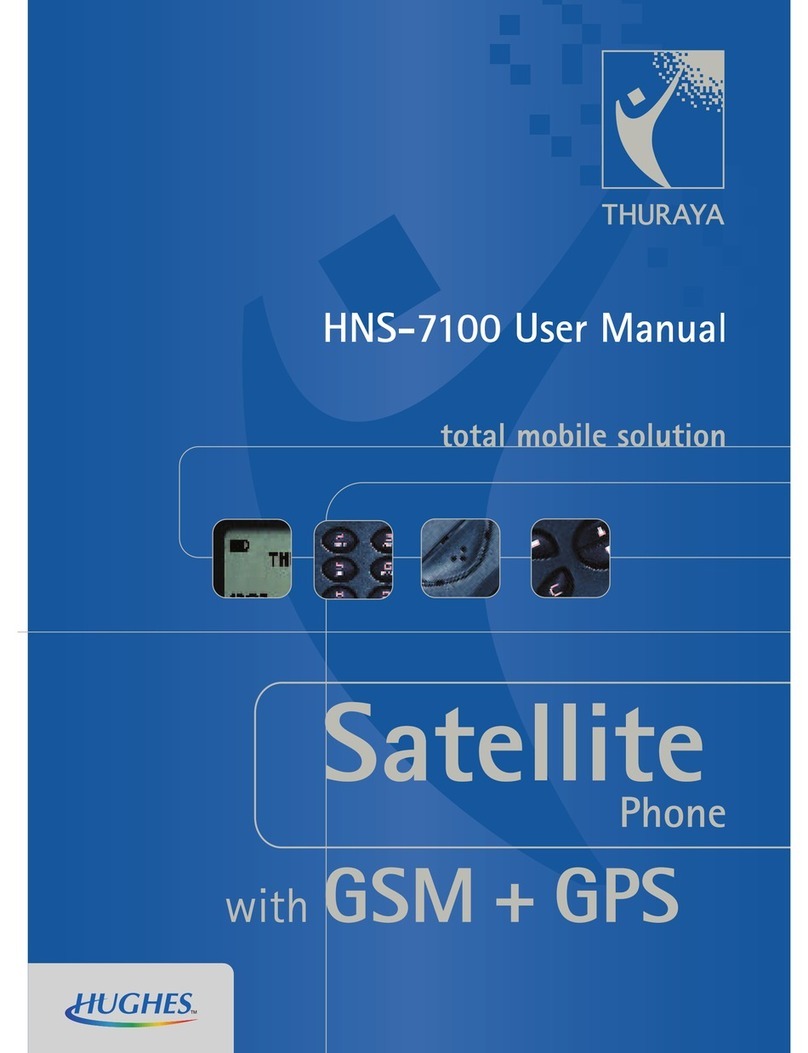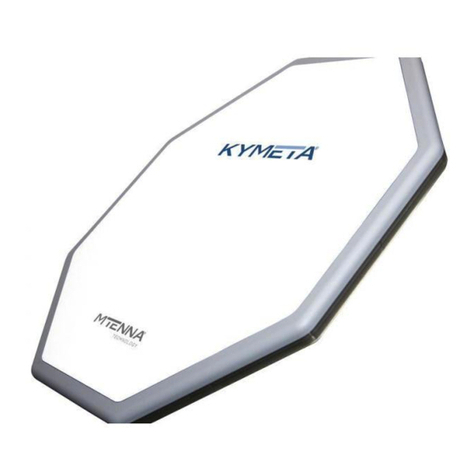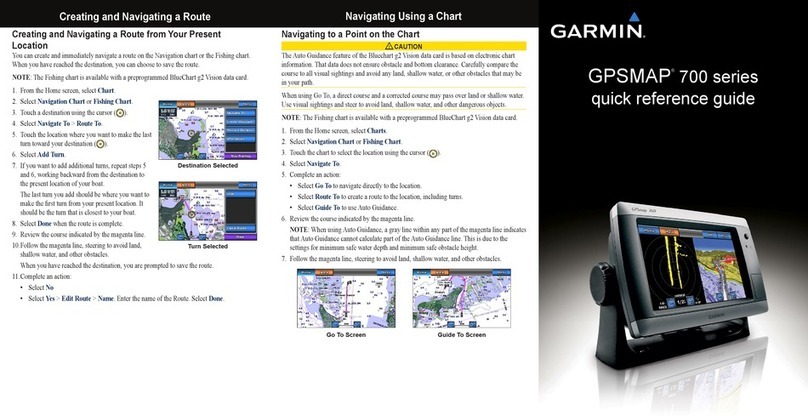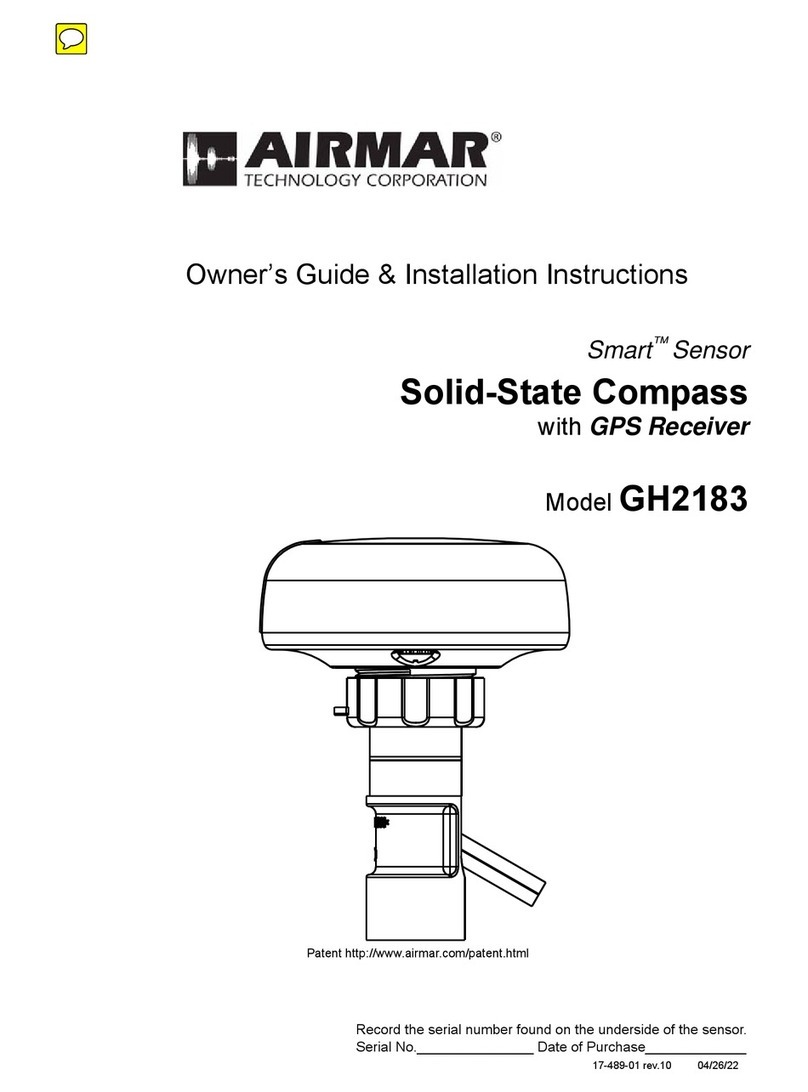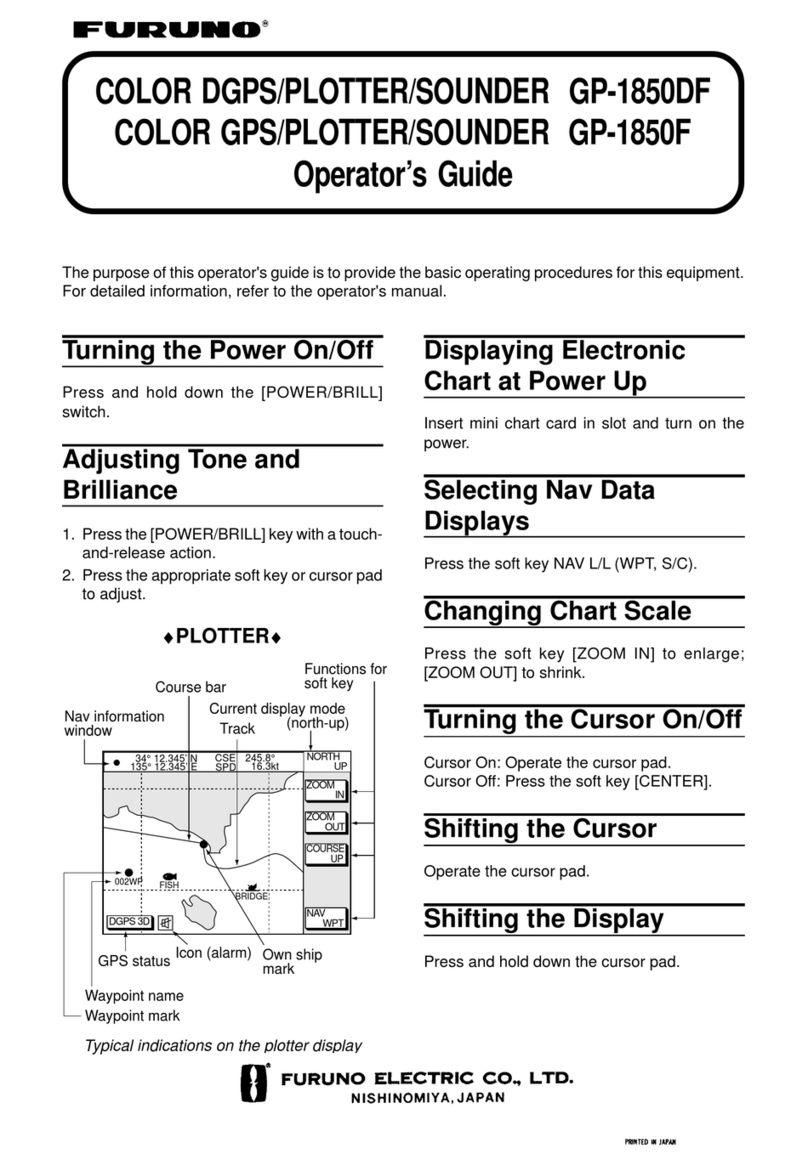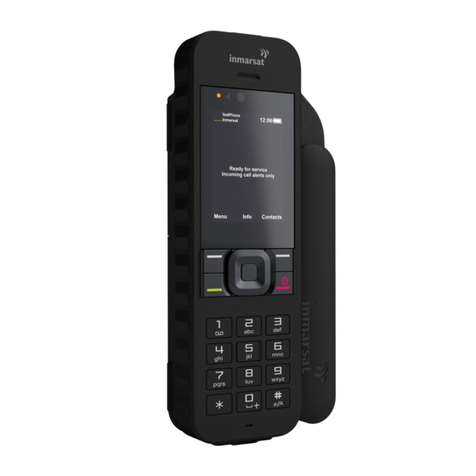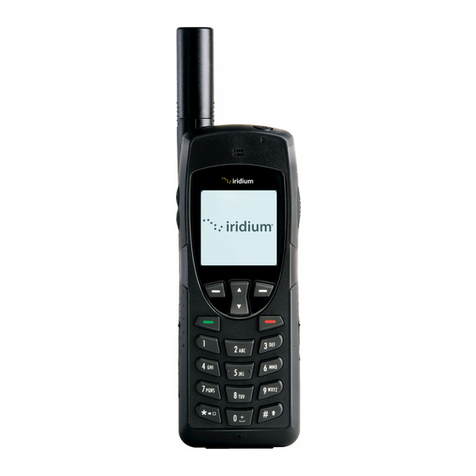Sitex Vector Compact User manual

NMEA-2000 Version
Vector Compact GPS Compass
User Guide
Part No. 875-0347-0 Rev. A1

This device complies with part 15 of the FCC Rules. Operation is subject to the following two conditions:
(1)
This device may not cause harmful interference, and
(2)
this device must accept any interference received, including interference that may cause undesired operation.
Trademarks
Hemisphere GNSS
®
, SI-TEX Marine Electronics logo, COAST
TM
, PocketMAX
TM
, Crescent
®
and Vector
TM
are
proprietary trademarks of Hemisphere GNSS, Inc. Other trademarks are the properties of their respective owners.
Patents
This product may be covered by one or more of the following patents:
U.S. Patents
Australia Patents
6111549
6876920
7400956
8000381
8214111
2002244539
6397147
7142956
7429952
8018376
8217833
2002325645
6469663
7162348
7437230
8085196
8265826
2004320401
6501346
7277792
7460942
8102325
8271194
6539303
7292185
7689354
8138970
8307535
6549091
7292186
7808428
8140223
8311696
6711501
7373231
7835832
8174437
8334804
6744404
7388539
7885745
8184050
RE41358
6865465
7400294
7948769
8190337
Other U.S. and foreign patents pending.

Compact Vector GPS Compass User
1
Contents
Chapter 1 Introduction
Overview.................................................................................................. 2
Parts List.................................................................................................. 3
Chapter 2
Vector Compact (n2k) Installation
Mounting Location............................................................................... 6
GPS Reception........................................................................................6
Vector Compact (n2k) Environmental Considerations......................... 6
VHF Interference .....................................................................................7
Mounting Orientation........................................................................... 9
Vector Compact (n2k) Alignment ...........................................................11
Mounting Options.............................................................................. 12
Vector Compact (n2k) Dimensions ........................................................12
Cable Considerations ............................................................................14
Flush Mount ..........................................................................................15
Pole Mount ............................................................................................17
Powering and Connecting tothe Vector Compact (n2k).................... 20
Power Considerations............................................................................20
Electrical Isolation.............................................................................20
NMEA 2000 Port....................................................................................21
Chapter 3 Operation
GPS Overview..............................................................................................24
GPS Operation ...........................................................................................24

Contents
2
Differential Operation .......................................................................25
Vector Compact (n2k) Overview.............................................................26
Supplemental Sensors ......................................................................... 26
Time Constants..................................................................................... 29
Watchdog ............................................................................................. 29
Common Commands and Messages .....................................................30
End User License Agreement ............................................................ 47
Warranty Notice ................................................................................. 50

Compact Vector GPS Compass User
1
Chapter 1: Introduction
Overview
Parts List

2
Chapter 1: Introduction
Overview
The Vector Compact (n2k)™ GPS Compass is based upon Hemisphere GNSS’
exclusive Crescent® and Crescent Vector™
II
technology.
The Vector Compact (n2k) is a complete GPS compass and position system in a single
enclosure that requires a standard NMEA 2000 cable connection. With NMEA 2000
support and ease of installation, the Vector Compact (n2k) is the perfect solution for
marine-based applications.
The Vector Compact (n2k) is an integrated system that houses the following:
•
Crescent and Crescent Vector
II
technology
•
Dual integrated GPS antennas
•
Power supply
•
Single axis gyro
•
Tilt sensor on each axis (X and Y axes)
The gyro and tilt sensors are present to improve system performance and to provide backup
heading information in the event that a GPS heading is not available due to signal blockage.
Crescent Vector
II
technology supports multiple RF front ends - enabling tighter coupling of
measurements from separate antennas for use in heading-based products. Users will
achieve excellent accuracy and stability due to Crescent’s more accurate code phase
measurements, improved multi- path mitigation, and fewer components.
The Vector Compact (n2k)’s GPS antennas are separated by 13.5 cm between their phase
centers, resulting in better than 2° rms heading performance. The Vector Compact (n2k)
provides heading and position updates of up to 10 Hz and delivers position accuracy of
better than 1.0 m 95% of the time when using differential GPS
corrections from Space Based
Augmentation Systems (SBAS).
The Vector Compact (n2k) also features Hemisphere GNSS’ exclusive COAST™ technology
that enables SI-TEX Marine Electronics receivers to utilize old differential GPS
correction data for 40 minutes or more without significantly affecting the position
quality. The Vector Compact (n2k) is less likely to be affected by differential signal
outages due to signal blockages, weak signals, or interference when using COAST.


Chapter 1: Introduction
3
If you are new to GPS and SBAS, refer to the GPS Technical
Reference for further information on these services and
technologies before proceeding. The GPS Technical Reference is
available from the SI-TEX Marine Electronics
website at
www.si-tex.com
Parts List
Note:
The Vector Compact (n2k)’s parts comply with IEC60945 Section 4.4:
“exposed to the weather.”
Table 1-1: Parts list for Vector Compact (n2k)
Part Name
Qty Part Number
Vector Compact (n2k) GPS Compass (NMEA
2000)
1
804-0128-0
Screw Housing Caps
2
675-0173-0
Mounting Screws
2
675-1199-000#
Mounting Base
1
676-0035-0
Mounting Nut
1
676-1021-000#
Screw Housing Cap O-Rings
2
681-1066-0
This User Guide is available for download from the SI-TEX Marine
Electronics
website at www.si-tex.com

Compact Vector GPS Compass User
4

Chapter 1: Introduction
5
Chapter 2: Vector Compact (n2k) Installation
Mounting Location
Mounting Orientation
Mounting Options
Powering and Connecting to the Vector
Compact (n2k) ConnectingtheV104to
ExternalDevices

6
V104n GPS Compass User Guide
Mounting Location
Thissection providesinformationondeterminingthebestlocation forthe
Vector Compact (n2k).
GPS Reception
When considering where to mount the Vector Compact (n2k), consider the
following GPS
reception recommendations:
•
Ensure there is a clear view of the sky available to the Vector
Compact (n2k) so the GPS and SBAS satellites are not masked by
obstructions that may
reduce system performance.
•
Since the Vector Compact (n2k) computes a position based on the
internal GPS antenna element, mount the Vector Compact (n2k)
where you desire a position with respect to the GPS antenna
(located on the side of the recessed arrow on the underside of the
enclosure).
•
Locate any transmitting antennas away from the Vector Compact
(n2k) by at least several feet to ensure tracking performance is
not compromised, giving you the best performance possible.
•
Make sure there is enough cable length to tie into the NMEA 2000
backbone of the vessel.
•
Do not locate the antenna where environmental conditions exceed
those specified in Table B-5 on page 43.
Vector Compact (n2k) Environmental Considerations
The Vector Compact (n2k) is designed to withstand harsh environmental
conditions; however, adhere to the following limits when storing and using
the Vector Compact (n2k):
•
Operating temperature: -30°C to +70°C (-22°F to +158°F).
•
Storage temperature: -40°C to +85°C (-40°F to +185°F).
•
Humidity: 100% non-condensing.

7
Chapter 2: Installation
VHF Interference
VHF interference from devices such as cellular phones and radio
transmitters may interfere with GPS operation. For example, if installing the
Vector Compact (n2k) near marine radios consider the following:
•
VHF marine radio working frequencies (Channels 1 to 28 and 84 to
88) range from 156.05 to 157.40 MHz. The L1 GPS working center
frequency is1575.42 MHz. The bandwidthis+/- 2MHz to +/- 10 MHz,
which is dependent on the GPS antenna and receiver design (see
next page).
•
VHF marine radios emit strong harmonics. The 10th harmonic of
VHF radio, in some channels, falls into the GPS working frequency
band, which may cause the SNR of GPS to degrade significantly.
•
The radiated harmonic signal strength of different brands/models
varies.
•
Follow VHF radio manufacturers’ recommendations on how to
mount their radios and what devices to keep a safe distance away.
•
Hand-held 5W VHF radios may not provide suitable filtering and
may interfere with the Vector Compact (n2k)’s operation if too
close.

8
V104n GPS Compass User Guide
Before installing the Vector Compact (n2k) use the following diagram to ensure
there are no nearbydevicesthatmaycause VHF interference.
1.5 m radius at top
(minimum)
Use these minimum
distances to determine
where to place the Vector
Compact (n2k)
1.0 m radius at base
(minimum)
Figure 2-1: Vector Compact (n2k) distance from nearby VHF
radios
VHF Antenna

9
Chapter 2: Installation
Mounting Orientation
The Vector Compact (n2k) outputs heading, pitch, and roll readings
regardless of the orientation of the antennas. The primary antenna is used
for position.The primary and secondary antennas, working in conjunction,
output heading, pitch, and roll values.
Parallel Orientation:
The most common installationis toorientthe Vector
Compact (n2k) parallel to, and alongthecenterline of, the axis of the boat.
This provides a
true heading. In this orientation:
•
If you use a gyrocompass, you can enter a heading bias in the Vector
Compact (n2k) to calibrate the physical heading to the true heading
of the vessel.
•
You may need to adjust the pitch/roll output to calibrate the
measurement if the Vector is not installed in a horizontal plane.
Perpendicular Orientation:
You can also install the antennas so they are
oriented perpendicular to the centerline of the boat’s axis. In this orientation:
•
You will need to enter a heading bias of +90° if the primary antenna
is on the starboard side of the boat and -90° if the primary antenna
is on the port side of the boat.
•
You will need to configure the receiver to specify the GPS antennas
are measuring the roll axis.
•
You will need to enter a roll bias to properly output the pitch and roll
values.
•
You may need to adjust the pitch/roll output to calibrate the
measurement if the Vector is not installed in a horizontal plane.

V104n GPS Compass User Guide
10
.
Forward
motion
Recessed arrow
located on
bottom of
enclosure
Figure 2-2: Recommended orientation and resulting signs of HPR values
Figure 2-3: Alternate orientation and resulting signs of HPR values
Recessed arrow
located on
bottom of
enclosure
Forward
motion

Chapter 2: Installation
11
Vector Compact (n2k) Alignment
The top of the Vector Compact (n2k) enclosure incorporates sight design
features to help you align the enclosure with respect to an important
feature on your vessel.
To use the sights, center the small post on the opposite side of the enclosure
from you, within the channel made in the medallion located in the center of
the enclosure top as shown in Figure 2-4 and Figure 2-5. Alignment accuracy
when looking through the site (Figure 2-4)and (Figure 2-5) is approximately
+/- 1°.
Figure 2-4: Long site alignment channel
Figure 2-5: Long sight alignment center post
If you have another accurate source of heading data on your vessel, such as
a gyrocompass, you may use its data to correct for a bias in Vector Compact
(n2k) alignment within the Vector Compact (n2k) software configuration.
Alternatively, you can physically adjust the heading of the Vector Compact
(n2k) so that it renders the correct heading measurement; however, adding
a software offset is an easier process.

V104n GPS Compass User Guide
12
Mounting Options
The Vector Compact (n2k) allows for both pole or flush mounting. Follow
directions below for detailed mounting directions.
Vector Compact (n2k) Dimensions
Figure 2-6 and Figure 2-7 illustrates the physical dimensions of the Vector
Compact (n2k).
Figure 2-6: Vector Compact (n2k) dimensions

Chapter 2: Installation
13
Figure 2-7: Vector Compact (n2k) Dimensions with
Adapter

V104n GPS Compass User Guide
14
Cable Considerations
Before mounting the Vector Compact (n2k) consider the following regarding
cable routing:
•
Avoid running the cable in areas of excessive heat
•
Keepcableaway from corrosive chemicals
•
Do not run the cable through door or window jams
•
Keep cable away from rotating machinery
•
Do not crimp or excessively bend the cable
•
Avoid placing tension on the cable
•
Remove unwanted slack from the cable at the Vector Compact (n2k) end
•
Secure along the cable route using plastic wraps
Improperly installed cable near machinery can be dangerous
This manual suits for next models
1
Table of contents
Popular Marine GPS System manuals by other brands
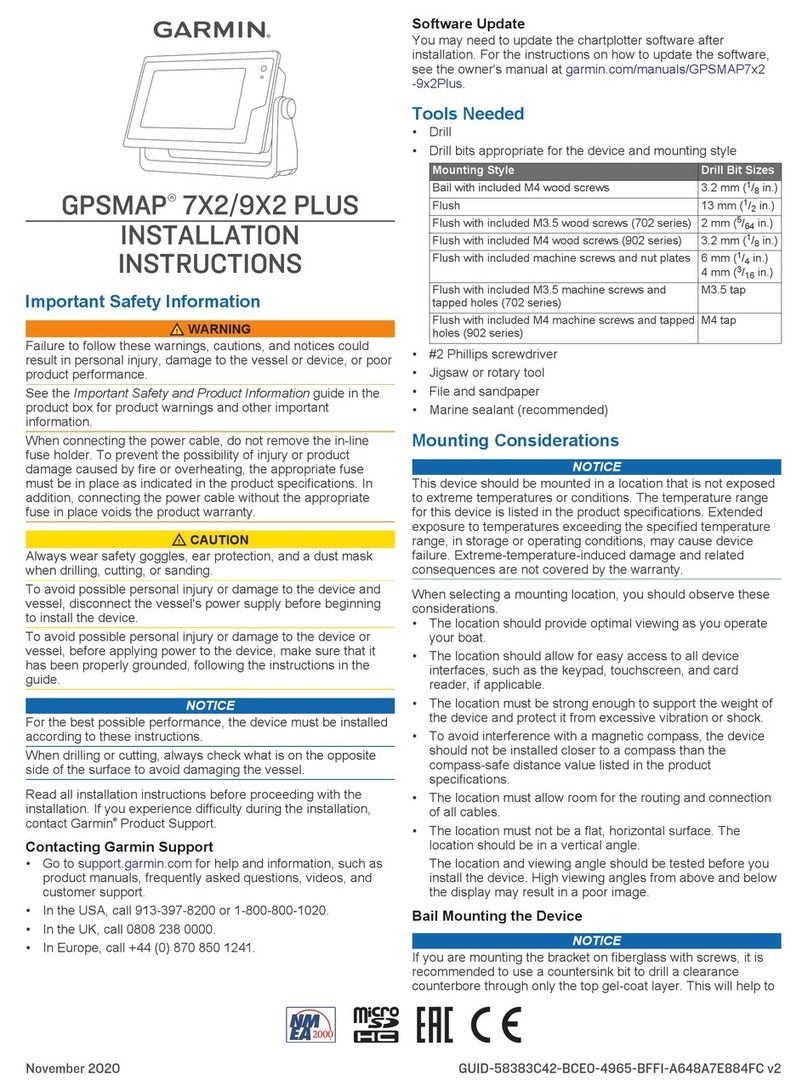
Garmin
Garmin GPSMAP 7X2 PLUS installation instructions
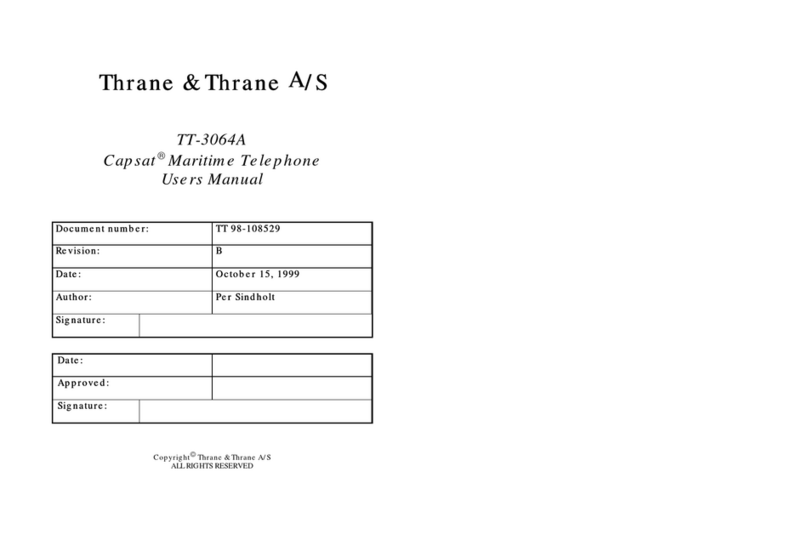
Thrane&Thrane
Thrane&Thrane TT-3064A user manual
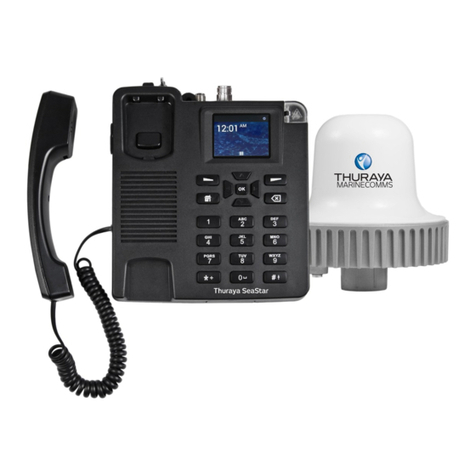
Thuraya
Thuraya seastar Firmware Upgrade Procedure
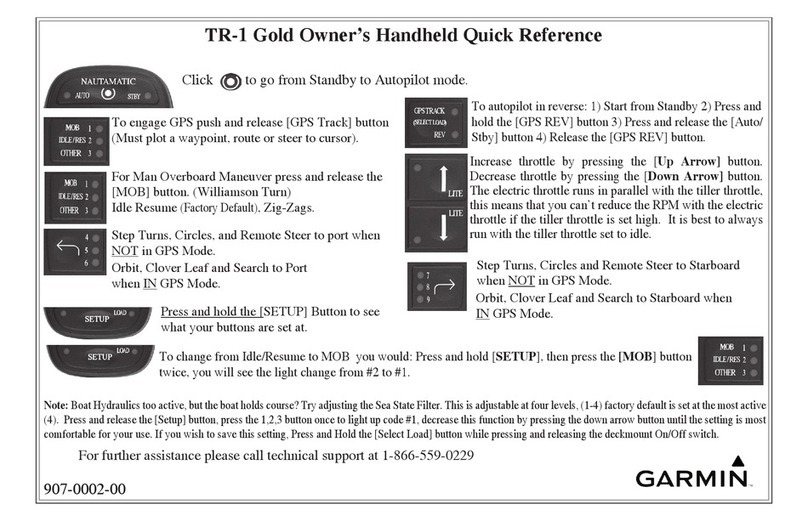
Garmin
Garmin TR-1 Gold quick reference
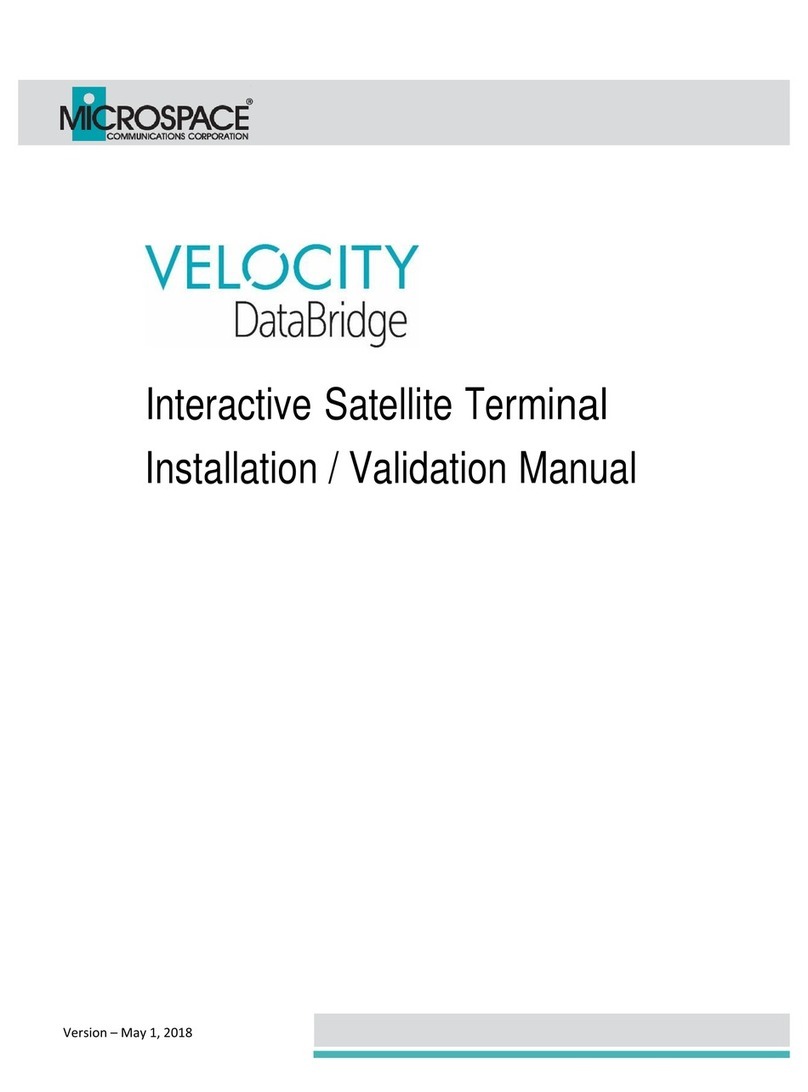
Microspace
Microspace Velocity DataBridge Installation / Validation Manual
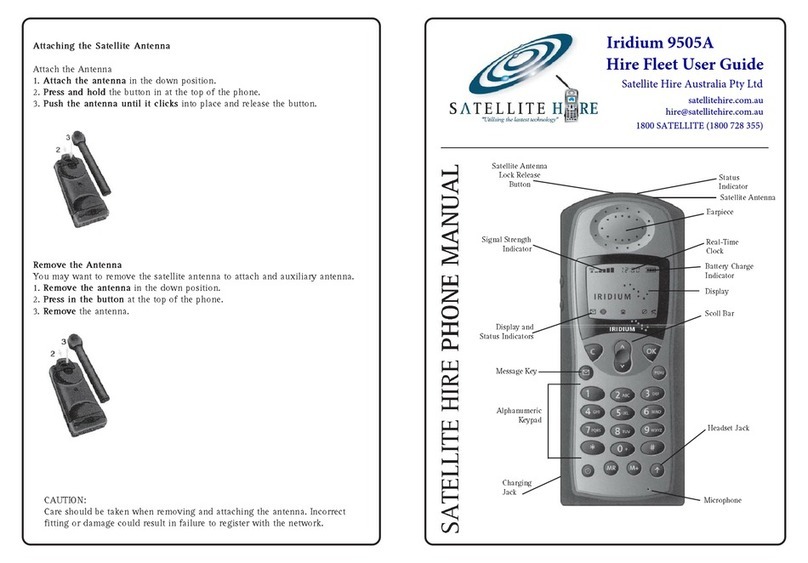
Satellite Hire
Satellite Hire Iridium 9505A user guide

